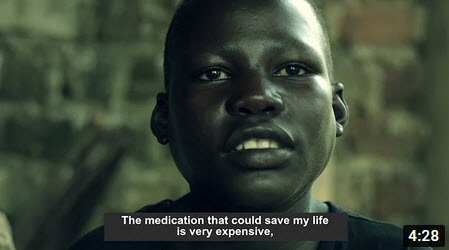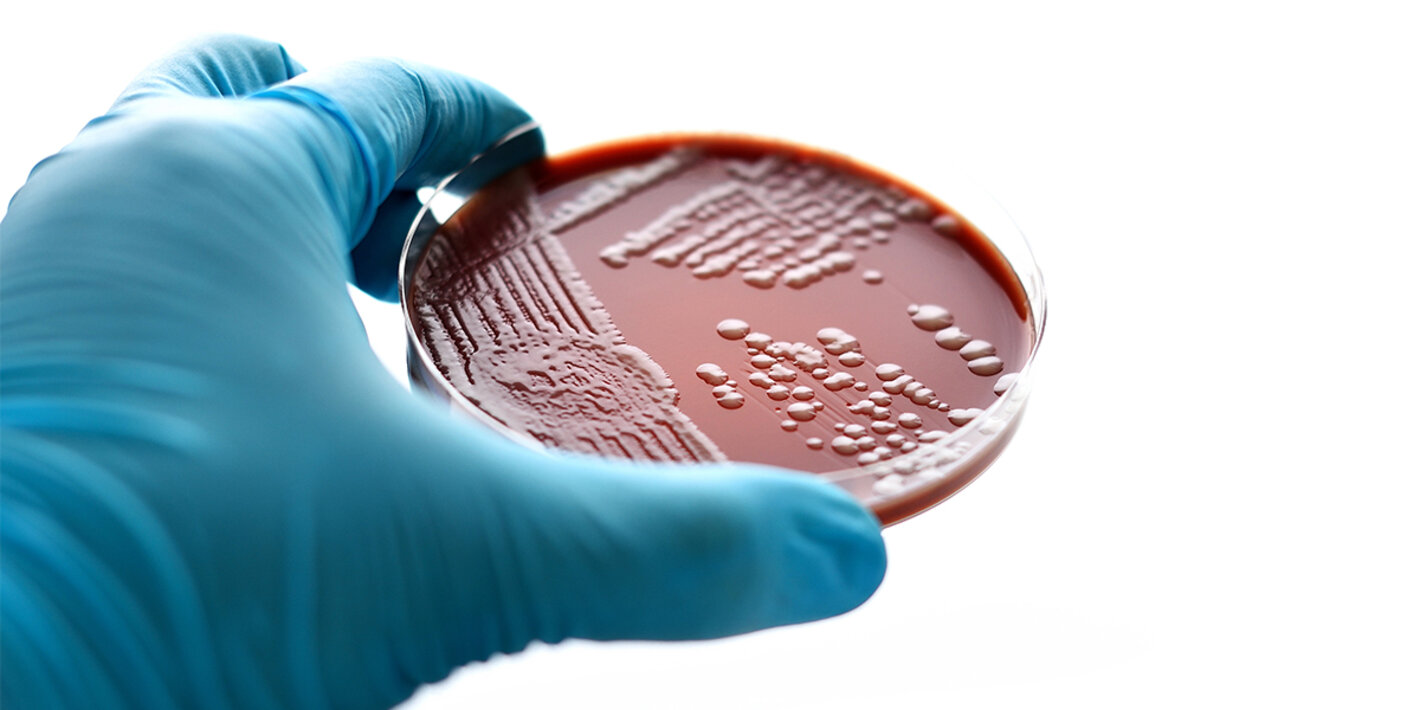Millions of people take antiretroviral medicines to treat HIV infections. It’s vital that they all take their medicines regularly. If they don’t, the HIV virus can become resistant, and most effective and affordable medicines can stop working.
Tackling HIV drug resistance
Millions of people around the world take antiretroviral medicines to treat HIV infections. It’s vital that they all take their medicines regularly. Sometimes it is difficult because people can’t always get hold of treatment when they need it. But if they don’t take it regularly, the HIV virus can become resistant.
This means, that the most effective and affordable medicines we have can stop working because the virus stops responding to the treatment. As a consequence, people have to switch to different drugs, which may be harder to obtain, or more expensive, or which may have more side effects.
Lack of action to prevent, monitor and respond to HIV drug resistance can block the world from meeting the 95-95-95 targets, to ensure that 95% of people receiving HIV treatment achieve suppression of the virus in their blood by 2030.
WHO’s Global Action Plan on HIV drug resistance 2017–2021, aligned with the global action plan on antimicrobial resistance, defines key actions for country and global stakeholders to prevent, monitor and respond to HIV drug resistance and to accelerate progress towards achieving the global targets for HIV epidemic control by 2030.












